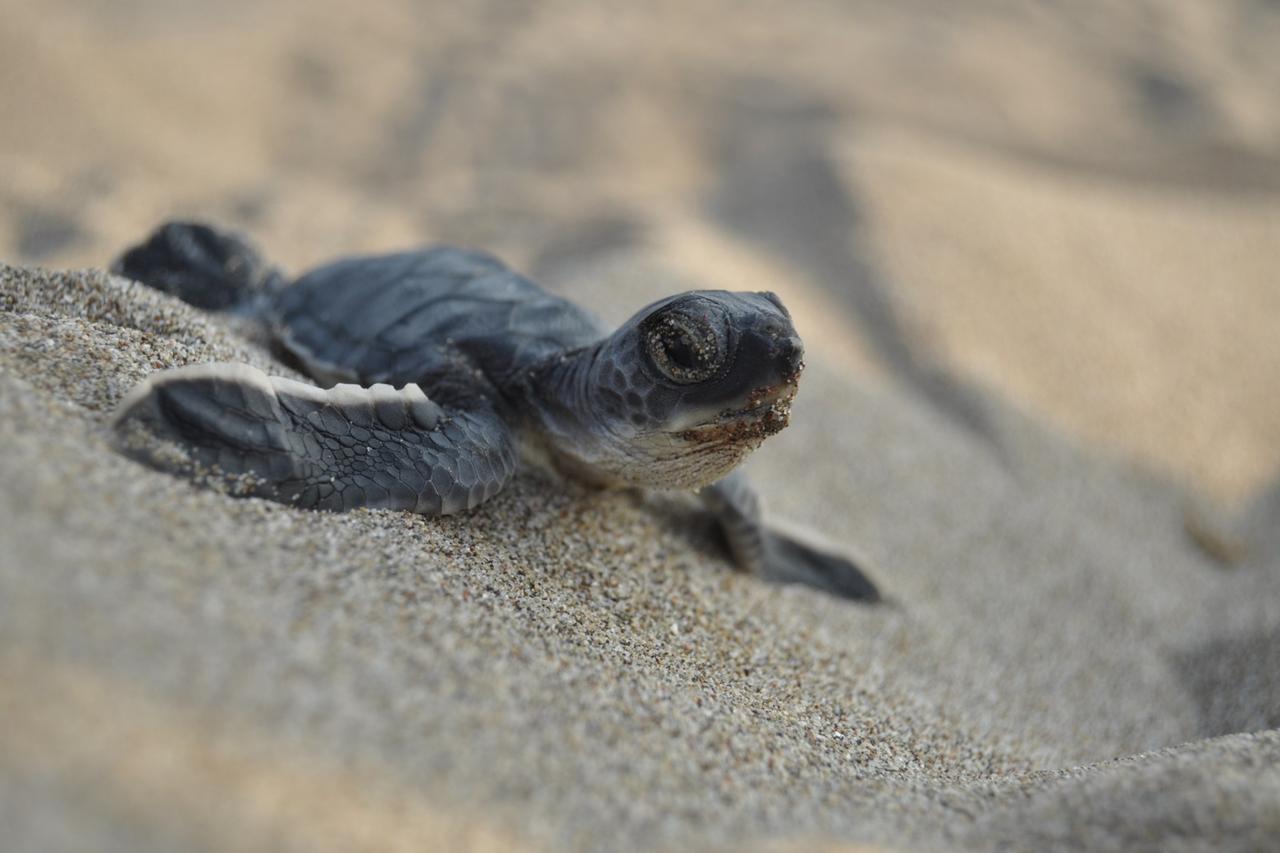
Green sea turtles have been removed from the “endangered species” category following decades of global conservation work, according to the International Union for Conservation of Nature (IUCN).
The IUCN announced its updated Red List during the World Conservation Congress in Abu Dhabi in October, noting that the list now includes 172,620 species, with 48,646 facing varying levels of extinction risk.
Green sea turtles (Chelonia mydas), found in tropical and subtropical waters, have shown a roughly 28% population increase since the 1970s despite ongoing threats to some subpopulations.
Their global status has therefore risen from “endangered” to “least concern.”

As key species in marine ecosystems, green sea turtles help maintain seagrass health and play a role in sustaining coral reef balance.
Speaking to Anadolu Agency, WWF-Türkiye’s Marine, Biodiversity and Forest Programs Group Director Ayse Oruc said rising awareness has been vital in improving the species' status.
She noted that sea turtles rely on both marine and coastal habitats throughout their long lifespans, making them representative species in biodiversity conservation efforts.
According to Oruc, major progress has been achieved worldwide since the mid-20th century, particularly in the Mediterranean since the 1970s through cooperation among public institutions, academia, civil society, coastal communities and the private sector.
However, she warned that threats to biodiversity persist.

Oruc highlighted several elements driving the recovery, including international, regional and national legal protections, long-term species conservation plans, consistent monitoring, protection of nesting beaches and advances in selective fishing gear.
She pointed to early studies in Ascension Island in the 1950s, which documented the turtles’ long-distance migrations to Brazil, and said community-based protection since the 1980s has turned the population into a global conservation success story.
Oruc emphasized that climate change is increasing risks to species and habitats, adding that coastal development, expanding global fisheries and plastic pollution continue to threaten sea turtles.
She said biodiversity must be integrated into development planning and noted that Mediterranean countries base their national conservation strategies on the "Action Plan for the Conservation of Mediterranean Marine Turtles" under UNEP’s Barcelona Convention.

Oruc recalled that Türkiye’s national conservation plan was prepared in 2009 under the coordination of the Ministry of Agriculture and Forestry’s General Directorate of Nature Conservation and National Parks.
She also highlighted a 20-year monitoring and conservation partnership in Adana’s Akyatan Wildlife Development Area, run jointly by the ministry’s 7th Regional Directorate and WWF-Türkiye since 2006; one of the longest and most successful examples in the Mediterranean.
She stressed the importance of coordinated action among all stakeholders, adding that strong support from local authorities, coastal residents and businesses between May 15 and Sept. 15 in Mersin, Adana and Hatay nesting areas remains essential.
Oruc concluded by emphasizing the growing role of citizen science, with thousands of volunteers worldwide working with experts, NGOs and public institutions to protect species and habitats, calling for similar collaboration to be strengthened in Türkiye.